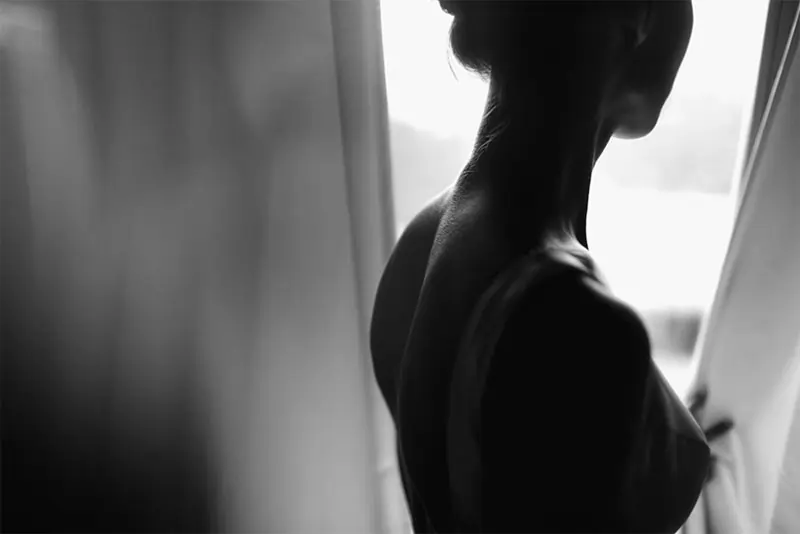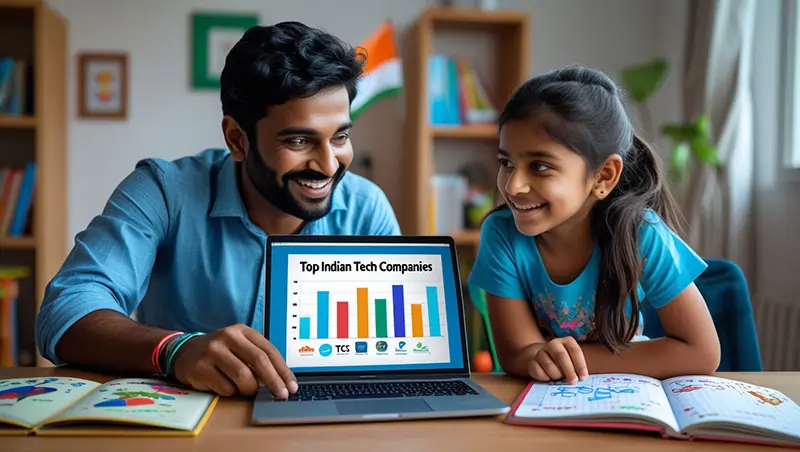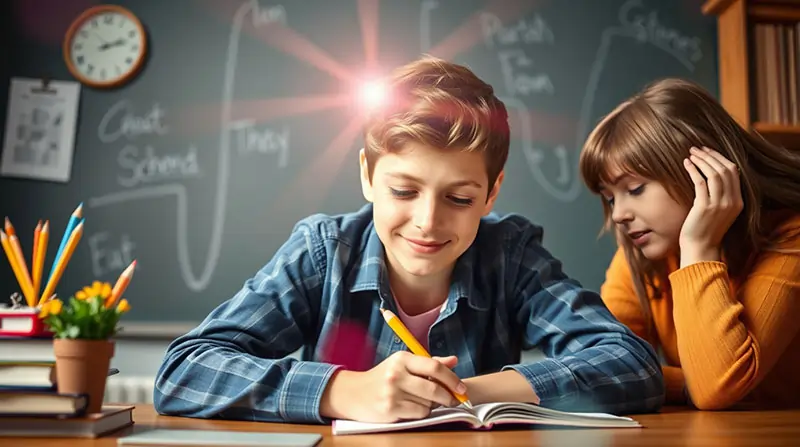Silhouettes And Contours: Lighting Techniques For Emphasizing Shapes In Body Photography
Lighting plays a key role in the creation of a photograph: it shapes volume, sets the mood, and sets accents. More about lightning techniques you can read in this article.
Lighting plays a key role in the creation of a photograph: it shapes volume, sets the mood, and sets accents. That’s why it’s so important to experiment with the placement of spotlights, softboxes, and other shooting equipment. The purpose of light can be divided into filling, drawing, background, modeling, and control. Each of them has its features. Consider the main types and techniques of lighting, allowing you to emphasize the volume, and silhouette of the human figure.

1. Modeling and drawing light
If you want to add sculpture to the model’s body, you can increase the muscles at the stage of post-processing – on the page retouchme.com/…/gain-muscles it is easy to download the appropriate application for quick editing of photos. But for the result of such retouching to be impressive, it is worth using modeling light. It is designed to emphasize silhouettes, shapes, and textures. For this purpose, light sources are installed on the sides and slightly behind the model. The technique allows you to separate the model from the background, to create effective accents.
Modeling light is auxiliary, it is often used in combination with drawing. The latter is usually placed in front of the model at an angle of about 45 degrees. But this is by no means the only approach!
- Light retouching. This scheme is obtained if the modeling softbox/octabox and the drawing light source are placed on the sides of the model. As the name suggests, it reduces the time and effort to post-process the shot. Suitable for body and face shots.
- Emphasize highlights. To emphasize highlights, place a modeling light (tube or reflector) at an angle in front of the model, and a drawing light a little closer to the model. This is a classic scheme for portraits of all kinds.
- Sculptural modeling. Contrasting scheme, perfectly suited for shooting partially or fully nude body, expressive portraits. In this case, the accent light is placed behind the shoulder of the model at an angle of about 45 degrees, and the drawing light is directed from the opposite side in front.
2. Contrast light
Contour light is always placed behind the model and directed at her figure. It allows us to emphasize the silhouette, to separate the person in the photo from the background. Contour light can be used as an independent tool or in combination with other types of lighting.
- Silhouette. To do this, the light source is directed to the back of the head or back of the model. You can also use two devices located behind each of the shoulders of the model. You get a spectacular and mysterious silhouette. For such pictures, it is worth using recognizable, simple poses: profile, half-turn, emotional and dynamic moments (for example, dancing)
- Relief. Drawing and backlight emphasize the volume and texture of the body. This scheme is suitable for shooting dramatic portraits, and growth photos of athletes, and dancers.
It is easy to get a backlight not only in studio conditions. In the “golden hours”, as well as directly at the time of sunrise/sunset can make a lot of spectacular shots.
3. Background light
The background light is also placed behind the model, but as the name suggests, it is directed at the background, not the person. This technique perfectly separates the model from the surrounding space and adds volume and depth to the photo. There are several most effective variants.
- Bright spot. Use a cone or tube with a colored filter to create a stylish light effect behind the model.
- Double shadow. Aim one cone reflector at the model’s front at an angle, and the other at a flexible mirror. The latter should also be placed in front but towards the other shoulder.
- Colorful backgrounds. It is easy to create bright backgrounds, having only white paper. To “color” it, it is enough to place behind the model two reflectors with colored filters that shine directly behind the back.
Such lighting is usually auxiliary, which does not detract from its role. A softbox directed backward allows to emphasize draperies, and background texture (if, of course, it exists), unobtrusively shows the surrounding interior, and gives the photo a mood.


